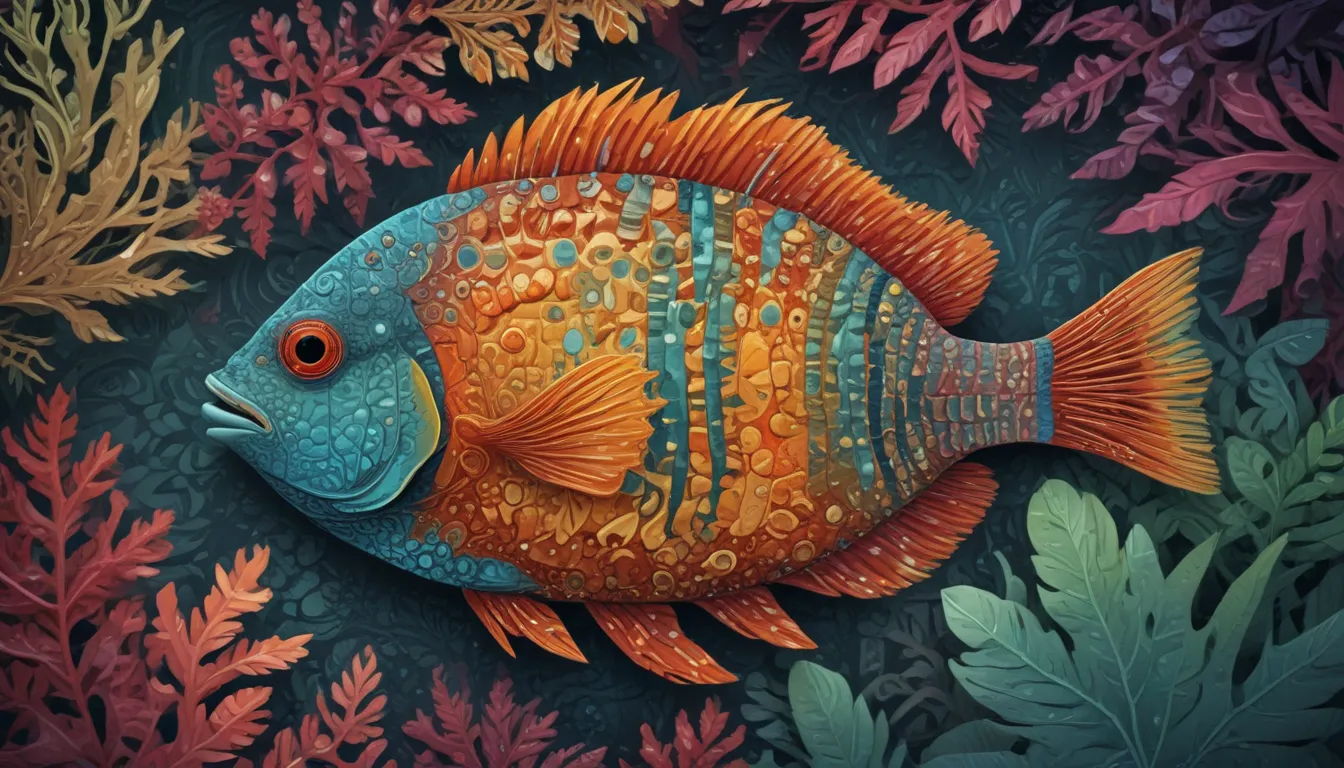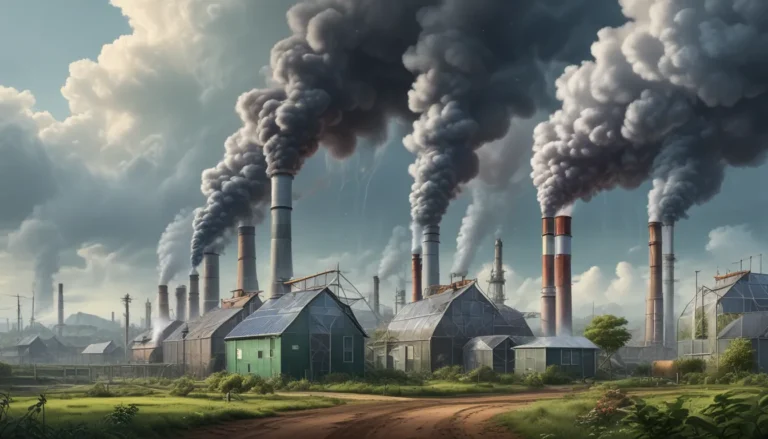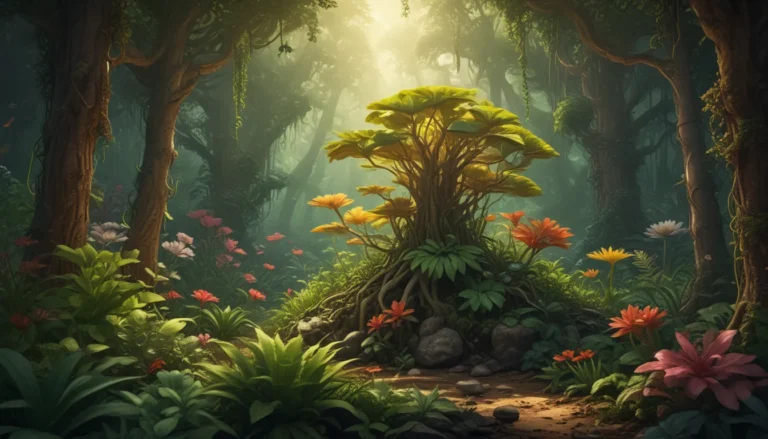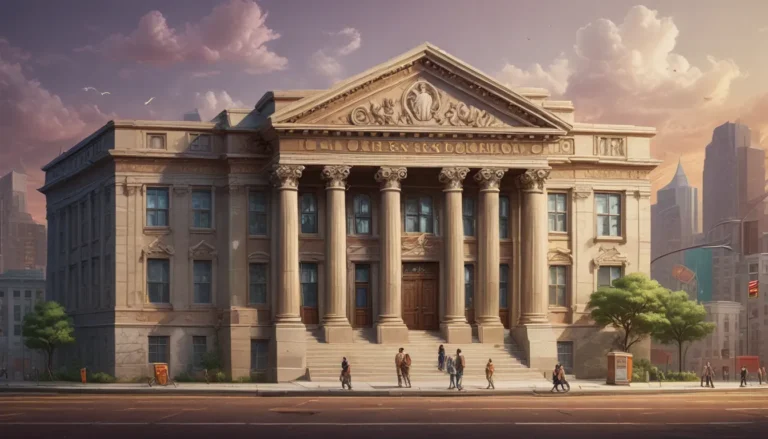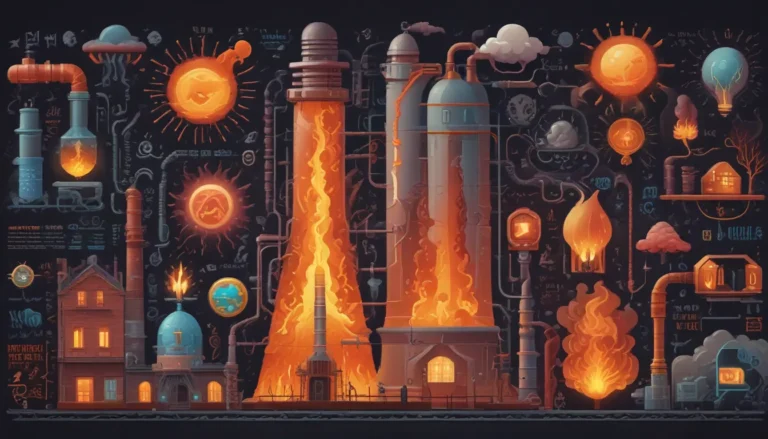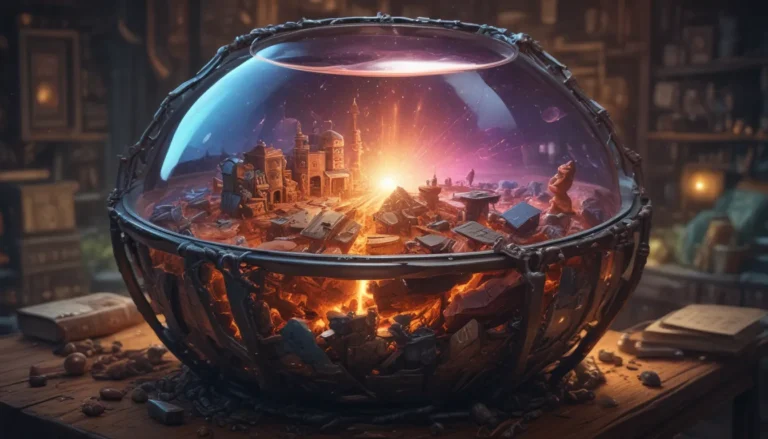A Note About Images: The images used in our articles are for illustration purposes only and may not exactly match the content. They are meant to engage readers, but the text should be relied upon for accurate information.
Are you intrigued by the textures that surround you, from the smoothness of polished stone to the roughness of tree bark? Texture plays a pivotal role in how we perceive and interact with our environment, evoking emotions, conveying messages, and influencing decisions. In this article, we will uncover 23 intriguing facts about textures that delve into the scientific basis of why textures feel the way they do and their application in design and technology. Whether you’re a curious mind eager to learn more about the world around you or a professional looking to deepen your understanding of sensory experiences, these insights will enrich your knowledge and perhaps change the way you think about textures in your daily life.
Understanding the Significance of Texture in Our World
Texture is everywhere, adding depth and dimension to our surroundings, whether it’s the softness of a kitten’s fur or the grittiness of sand. But what exactly is texture, and why does it matter? Let’s explore some fascinating facts that shed light on the significance of texture in our world:
– Texture refers to the feel, appearance, or consistency of a surface or material, influencing our sensory experiences.
– Humans can perceive texture through both touch and sight, allowing us to understand and interact with our environment more effectively.
The Multifaceted Role of Texture in Nature
Nature harnesses texture for various purposes, from camouflage to attracting pollinators, showcasing the versatility of texture in the natural world:
– Animals like the octopus can change the texture of their skin to blend into their surroundings, showcasing mastery of camouflage.
– Plants often have textured leaves or petals to trap moisture, deter predators, or attract insects for pollination.
– The unique texture of shark skin, consisting of tiny, tooth-like structures called denticles, reduces drag and enables faster swimming.
Harnessing Texture in Human-Made Objects
Humans leverage texture for functional and aesthetic purposes in various fields, from architecture to clothing, adding meaning and utility:
– Texture in architecture influences how buildings interact with light and shadow, creating visual interest and impacting aesthetics.
– Clothing designers use texture to enhance comfort, durability, and style in their creations, influencing how garments drape and move.
– Textured surfaces on tools and handles provide better grip, enhancing safety and usability.
The Science Behind Texture Perception
Exploring the science of how we perceive and interact with textures can lead to innovations in fields like technology and food science:
– Certain textures can trigger emotional responses, with soft, smooth textures associated with comfort and luxury, and rough textures evoking ruggedness or durability.
– The field of haptics studies how we perceive texture through touch, leading to advancements in technology that enable tactile feedback in virtual environments.
– Texture plays a vital role in food science, where the mouthfeel of a product significantly affects its appeal and perceived quality.
Expressing Emotions through Texture in Art and Design
Artists and designers use texture to evoke emotions, create depth, or add interest to their work, showcasing the versatility of texture in creative endeavors:
– In painting, artists can add physical texture through techniques like impasto, creating textured surfaces that engage viewers.
– Graphic designers use texture to add depth and dimension to digital art, making it feel more lifelike and dynamic.
– Textured fabrics and materials are essential in interior design, contributing to a space’s overall mood and comfort level.
The Psychological Impact of Texture on Human Behavior
Texture can profoundly impact emotions and behaviors, influencing everything from purchasing decisions to comfort in a space:
– People are more likely to buy products with textures they find appealing, highlighting texture’s significant role in consumer behavior.
– The texture of a space can affect individuals’ mood and productivity, emphasizing the importance of tactile experiences.
– Tactile experiences with different textures can have therapeutic benefits, reducing stress and enhancing mental well-being.
Texture in the Technological Landscape
Advancements in technology allow for new and exciting ways to create and interact with textures, shaping the future of innovation:
– 3D printing technology enables precise detailing to create textured objects and surfaces.
– Touchscreen technology incorporates texture to provide tactile feedback, enhancing user interaction with virtual interfaces.
– Smart textiles developed through innovations in materials science can change texture in response to environmental conditions or user input.
Embracing the Future of Texture Exploration
Looking ahead, the exploration and manipulation of texture will continue to play a significant role in multiple fields, from environmental conservation to human-computer interaction:
– Biomorphic design, inspired by textures found in nature, is gaining popularity in architecture and product design, promoting sustainability and harmony with the natural world.
– Virtual reality and augmented reality technologies are enhancing texture simulation to improve user immersion and experience.
– Sustainable materials with innovative textures are being developed to reduce environmental impact while providing functionality and aesthetic appeal.
Embracing the Diversity of Textures
Textures enrich our sensory experiences, adding depth and emotion to everything we touch and see. From the roughness of tree bark to the smoothness of silk, textures play a vital role in our perception of the world, influencing our senses and emotions. Understanding textures enhances our appreciation of the material world and the way we interact with it. So, next time you encounter an intriguing texture, take a moment to appreciate its complexity and the narratives it adds to your sensory experience. Remember, every texture has its own tale, waiting to be felt and understood.
